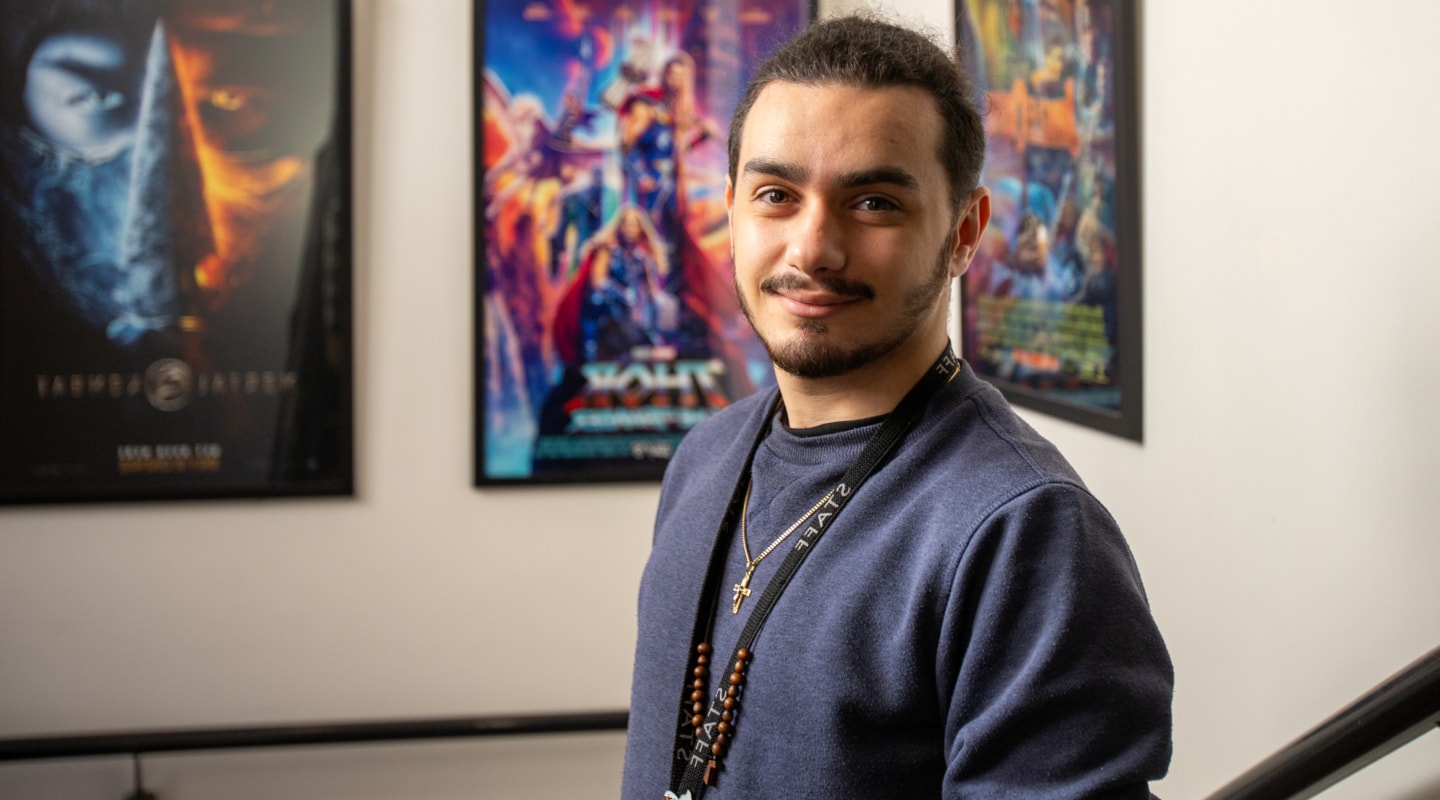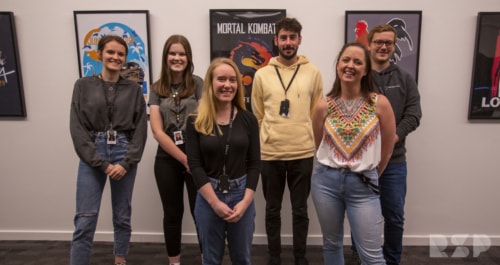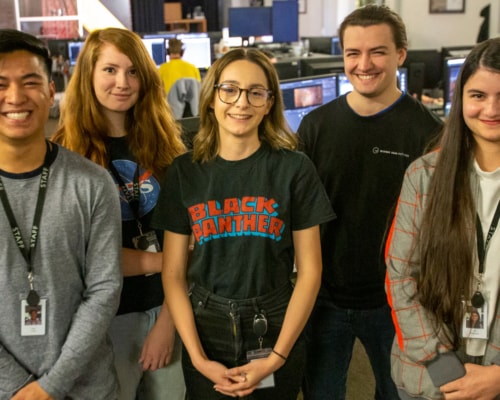No one starts out as a VFX Supervisor. They work their way up.
PAINT AND ROTO ARTIST
A typical entry role into 2D is as a Paint & Roto artist.
Paint & Roto artists work closely with compositors to create mattes for them to use.
They also do plate prep ie plate preparation, or ‘clean-up’. This can vary from simple tracking marker removals, through to complex work such as recreating part of the original plate.
Paint & Roto artists use Nuke and Silhouette and they quickly gain an understanding of the compositing skillset.
The next step would be to transition to junior compositor. But that’s not to say Paint & Roto is not an excellent career choice. We are always grateful for experienced Paint & Roto artists who just get on with the work and deliver.
MATCHMOVE / TRACKING ARTIST
A typical entry role into 3D is as a Matchmove / Tracking artist.
They are responsible for camera, object and body tracking. A very good understanding of Maya is helpful as well as knowing tracking software such as 3D Equaliser.
MODELLER
Another 3D entry-level role is a 3D modeller. They build 3D characters and environments that are based on the concept art. To create the models' surfaces or skins, they paint and wrap 2D textures on a digital frame. Modellers also create character skeletons, which animators then control. Modellers use Maya.
Other entry roles include Render Wrangler. We’ve had a very successful 3D artists enter the industry through this role. They watch the render farm, see what crashes and fails and fix it. It tends to make them faster and more economical with their renders when they move into modelling or lighting.
RUNNER
It’s rare we take on Runner’s here at RSP, although we have in the past. But we’re only interested in people who are keen to remain in production and progress along to Coordinator, Production Manager and eventually Producer.
Most people spend a year or two in these entry-level roles before they have the opportunity to move into another area. They start by getting an opportunity to do one shot – one comp, model one prop. If successful, the production team might give you an opportunity on the next project. It all depends. But its more attractive if you do good work first, then ask for the opportunity. Just because you’ve been doing an entry-level role for two years doesn’t mean you automatically get to step up.
Should I specialise or generalise?
There is no right answer for this. Larger facilities tend to need specialists. Smaller facilities tend to need generalists.
Even if you’re a specialist it’s handy to have a secondary skill. In lean times it can be handy if you can duck into a different role and help out – it can help make you more employable.
If you’re a generalist, it helps to be better at a couple of things. You want to avoid being someone who can do a bit of everything but nothing well.


